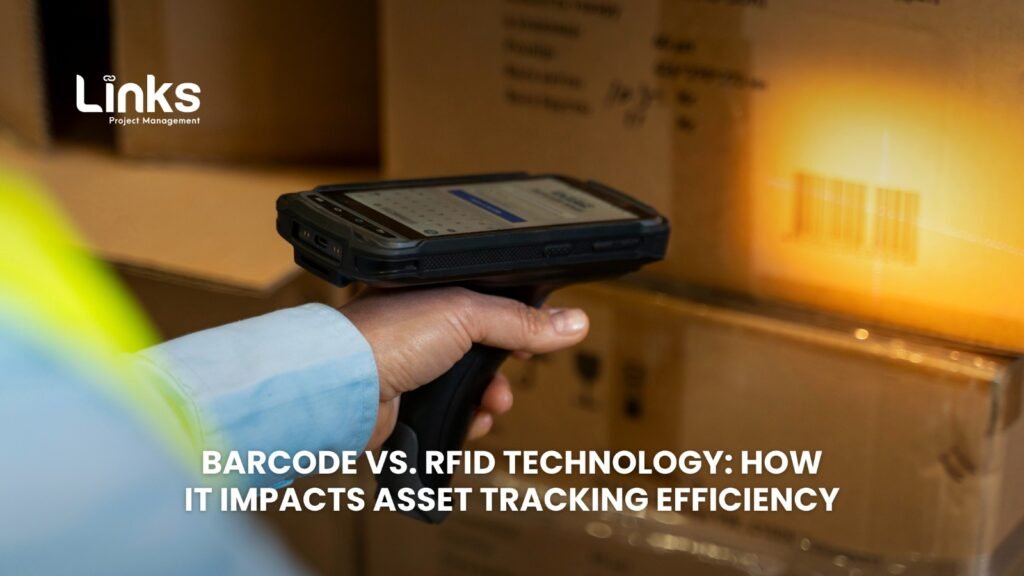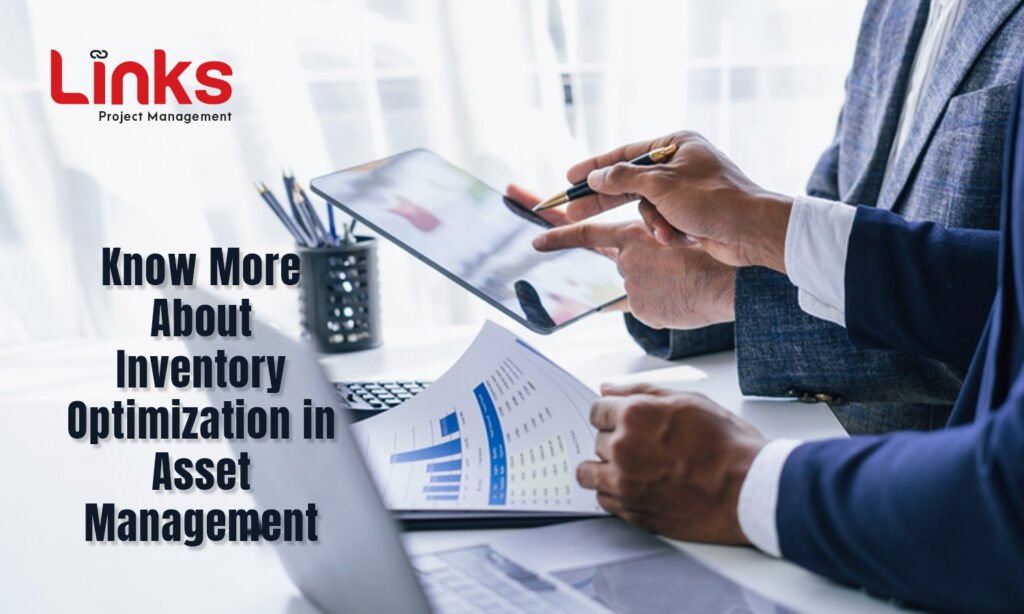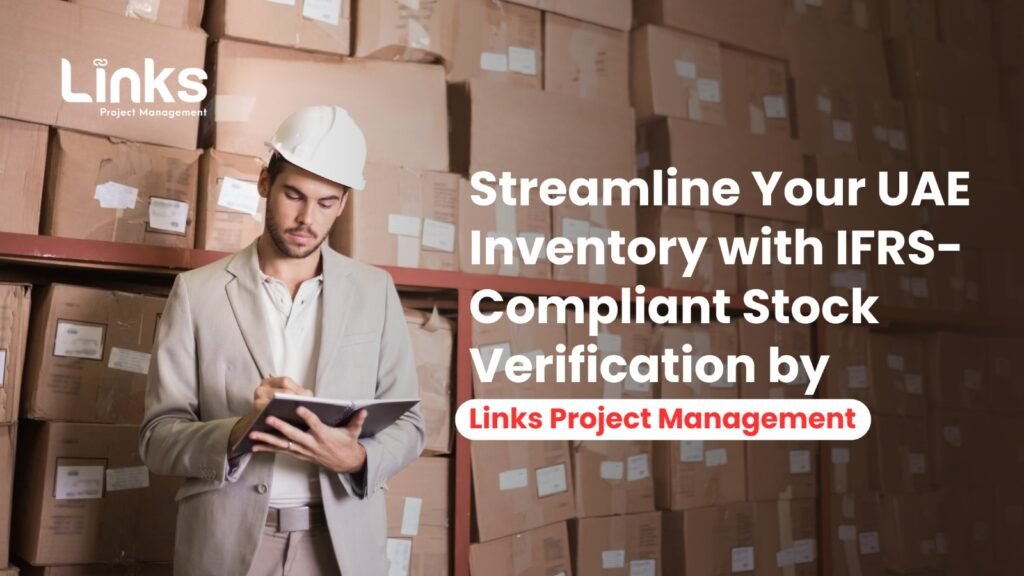Integrating Inventory Management Software with Your Existing Systems
The efficient inventory management is critical to maintaining a competitive edge in todays business environment. However, many businesses struggle with siloed systems, manual processes, and disjointed workflows that lead to inefficiencies and errors. This is where inventory management software comes into play. But simply adopting new software isn’t enough—integrating it seamlessly with your existing systems is the key to unlocking its full potential. Why Integration Matters Inventory management software is designed to streamline operations, improve accuracy, and provide real-time visibility into your stock levels. However, its effectiveness depends on how well it works with your existing systems, such as: Enterprise Resource Planning (ERP) systems Point of Sale (POS) systems E-commerce platforms Accounting software Supply chain and logistics tools Integration ensures that data flows seamlessly between systems, eliminating manual data entry, reducing errors, and providing a unified view of your operations. For example, when a sale is made on your e-commerce platform, the inventory management software should automatically update stock levels, trigger reorder alerts, and sync data with your accounting software. Without integration, you risk creating data silos, duplicating efforts, and missing out on the efficiency gains that inventory management software promises. Challenges of Integration While integration offers numerous benefits, it’s not without its challenges. Here are some common hurdles businesses face: Compatibility Issues: Not all systems are designed to work together. Legacy systems, in particular, may lack the APIs or modern architecture needed for seamless integration. Data Inconsistencies: Different systems may use different formats or standards for data, leading to inconsistencies during integration. Cost and Complexity: Integration can be time-consuming and expensive, especially if custom development is required. Resistance to Change: Employees may be hesitant to adopt new processes or tools, slowing down the integration process. Security Concerns: Integrating systems can expose vulnerabilities, making data security a top priority. Steps to Successfully Integrate Inventory Management Software To overcome these challenges and ensure a smooth integration, follow these steps: 1. Assess Your Current Systems Start by evaluating your existing systems and processes. Identify the tools you currently use, their functionalities, and any gaps or inefficiencies. This will help you determine what features you need in your inventory management software and how it should integrate with your current setup. 2. Choose the Right Software Not all inventory management software is created equal. Look for a solution that offers robust integration capabilities, such as pre-built connectors, APIs, or support for third-party integrations. Cloud-based solutions are often more flexible and easier to integrate than on-premise systems. 3. Plan the Integration Process Integration is a complex process that requires careful planning. Create a detailed roadmap that outlines the steps involved, the resources required, and the timeline. Involve key stakeholders from different departments to ensure everyone is on the same page. 4. Clean and Standardize Your Data Before integrating, clean up your data to eliminate duplicates, errors, and inconsistencies. Standardize data formats across systems to ensure smooth data flow. This step is crucial for avoiding issues during and after integration. 5. Leverage APIs and Middleware APIs (Application Programming Interfaces) are the backbone of system integration. They allow different software applications to communicate with each other. If your systems don’t have native integration capabilities, consider using middleware—a software layer that acts as a bridge between systems. 6. Test Thoroughly Before going live, conduct extensive testing to ensure the integration works as expected. Test different scenarios, such as sales transactions, stock updates, and reporting, to identify and resolve any issues. 7. Train Your Team Integration often involves changes to workflows and processes. Provide comprehensive training to your team to help them understand the new system and how it integrates with existing tools. Address any concerns or resistance to change early on. 8. Monitor and Optimize Integration is not a one-time event—it’s an ongoing process. Continuously monitor the performance of your integrated systems and gather feedback from users. Use this information to optimize processes and address any emerging issues. Benefits of Successful Integration When done right, integrating inventory management software with your existing systems can deliver significant benefits, including: Improved Efficiency: Automating data flow between systems reduces manual effort and speeds up processes. Enhanced Accuracy: Real-time data synchronization minimizes errors and ensures accurate stock levels. Better Decision-Making: A unified view of your operations provides valuable insights for informed decision-making. Cost Savings: Streamlined processes and reduced errors lead to lower operational costs. Scalability: Integrated systems are better equipped to handle growth and adapt to changing business needs. Final Thoughts Integrating inventory management software with your existing systems is a strategic decision that can revolutionize your business operations. Although the process may seem challenging, the rewards are well worth the effort. By following the steps outlined in this blog, you can ensure a seamless integration that boosts efficiency, accuracy, and scalability. Key to a successful integration is meticulous planning, selecting the right tools, and engaging your team throughout the process. With the right approach, you can maximize the potential of your inventory management software and elevate your business operations. If you’re ready to take the next step, start by assessing your current systems and exploring inventory management solutions that align with your integration needs. Don’t forget, integrating your systems through Links Project Management can further streamline your operations and enhance overall project efficiency. The future of your business is just a step away!









